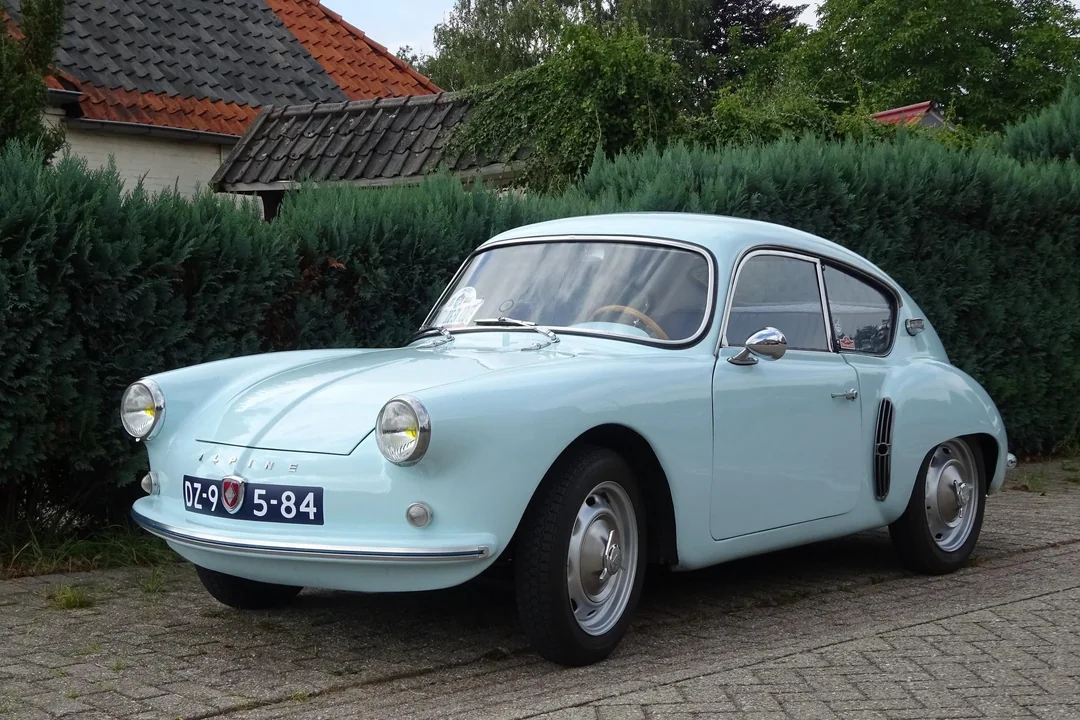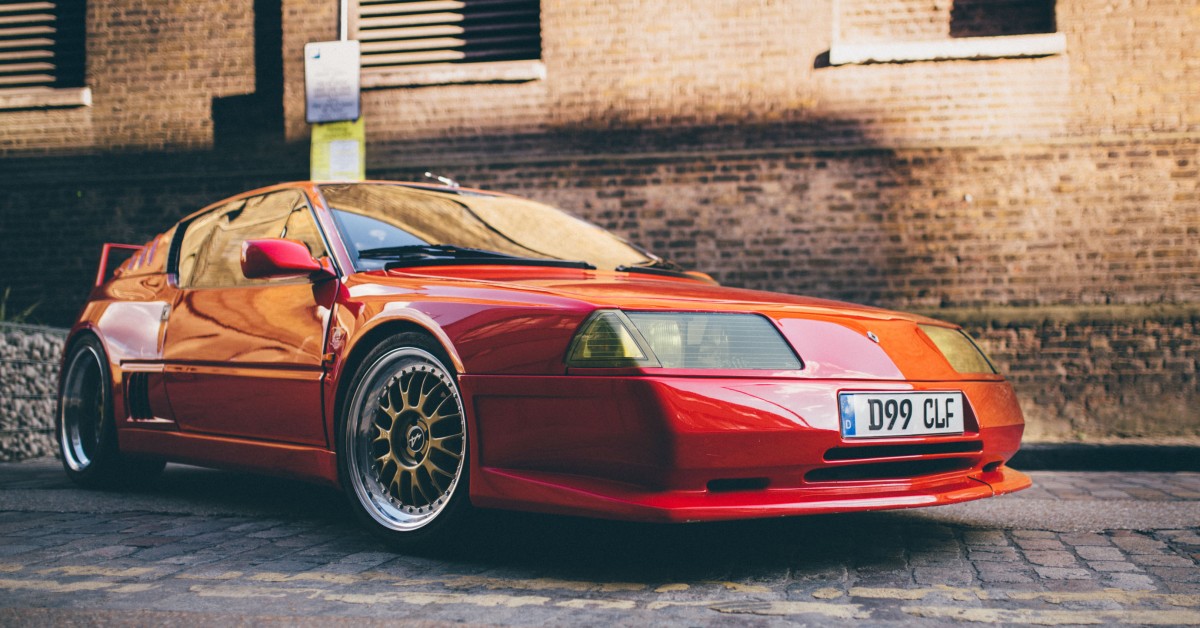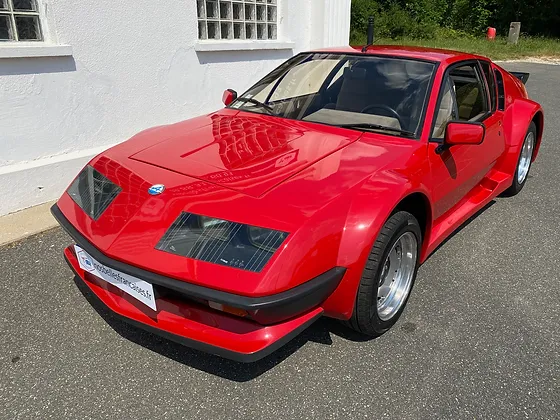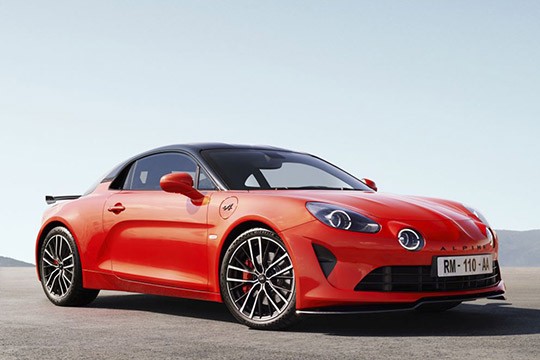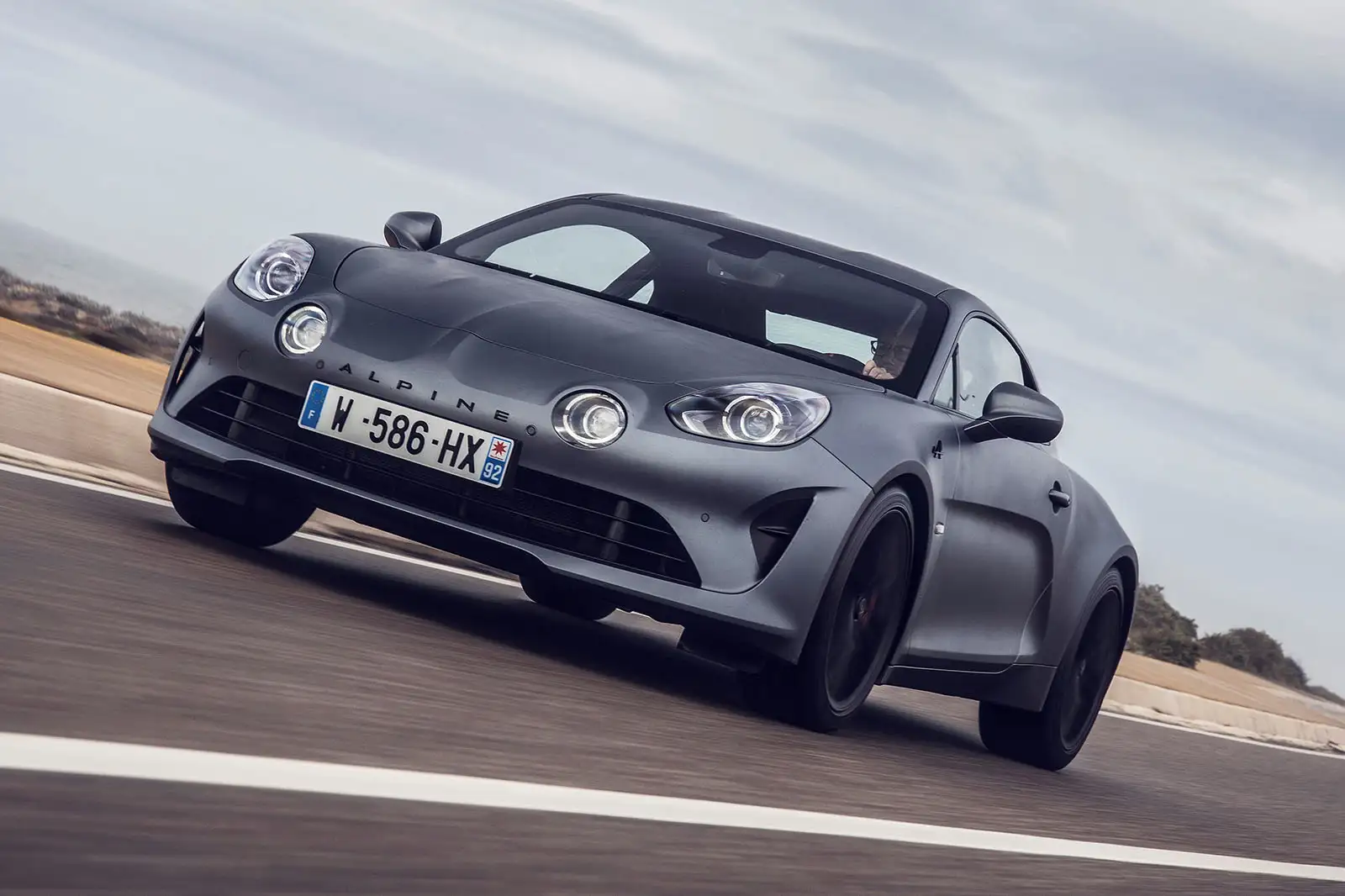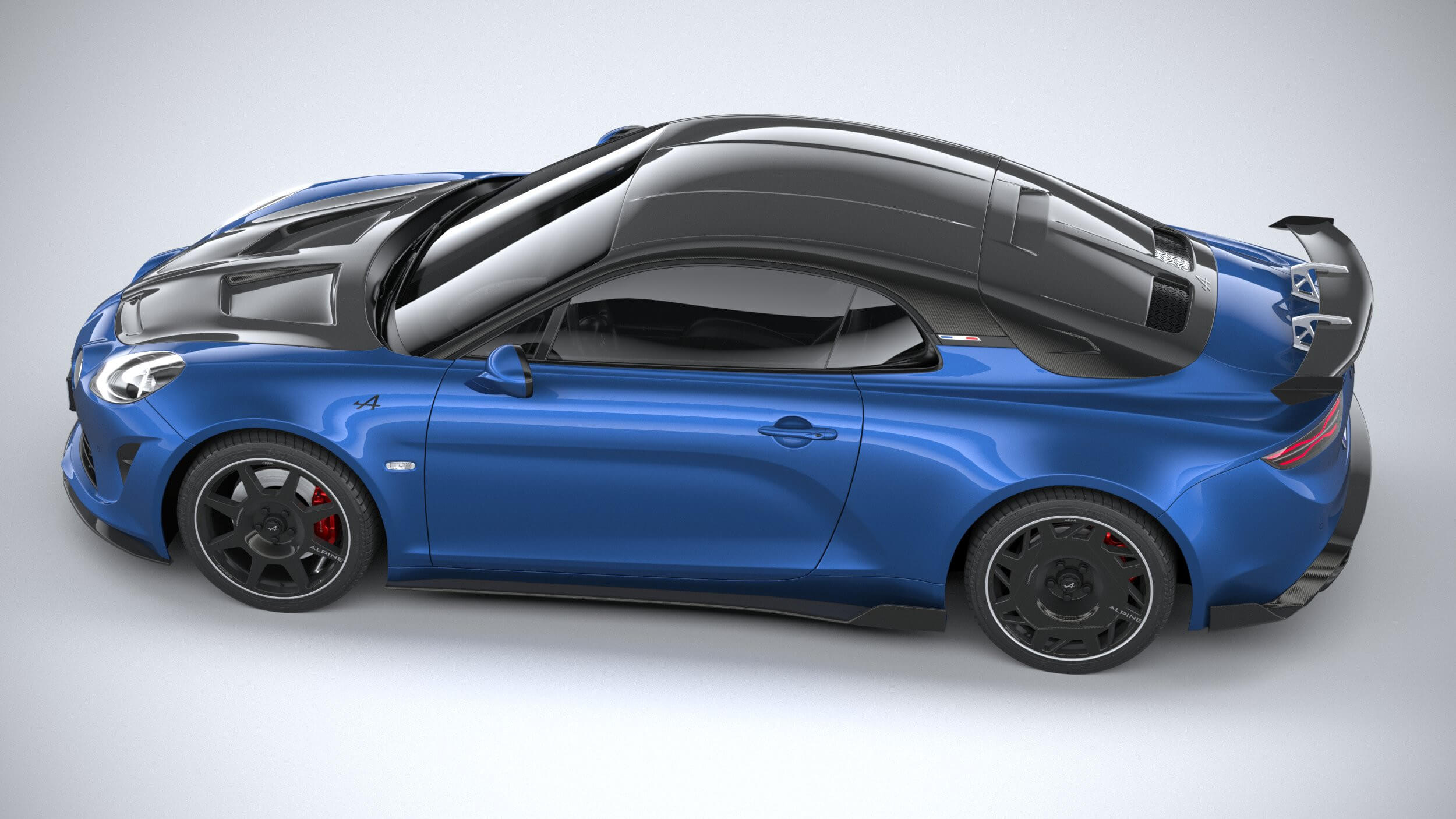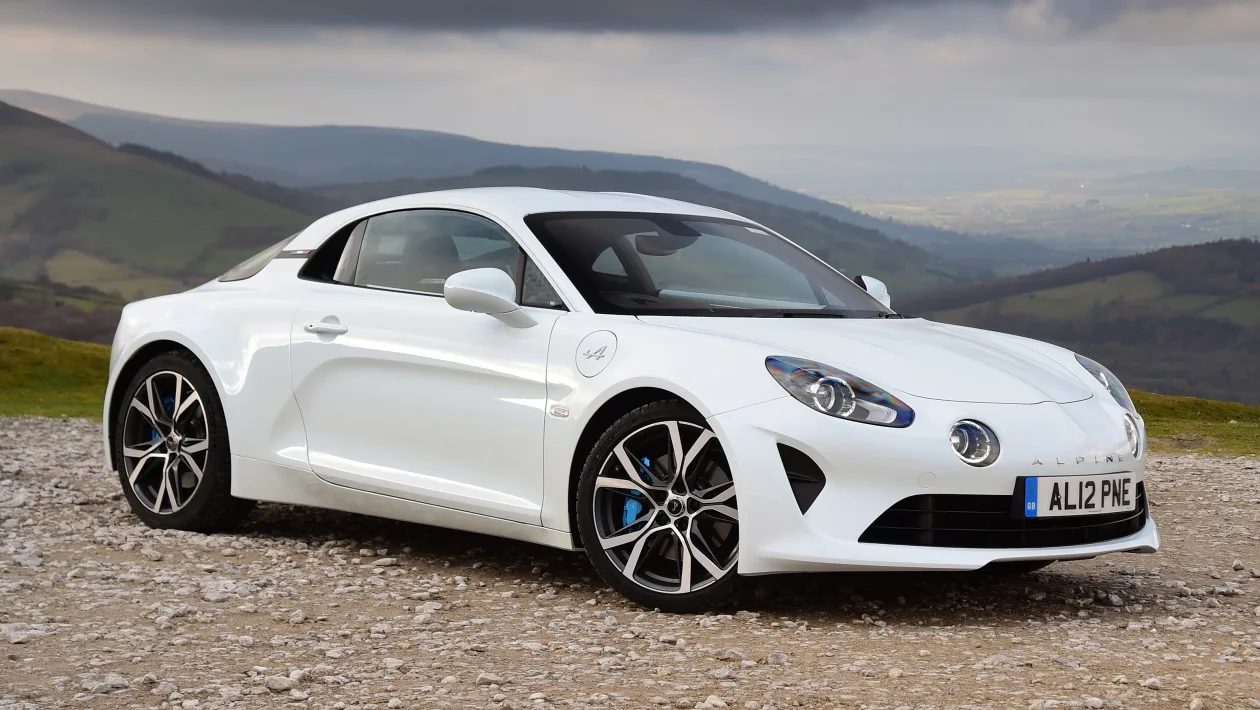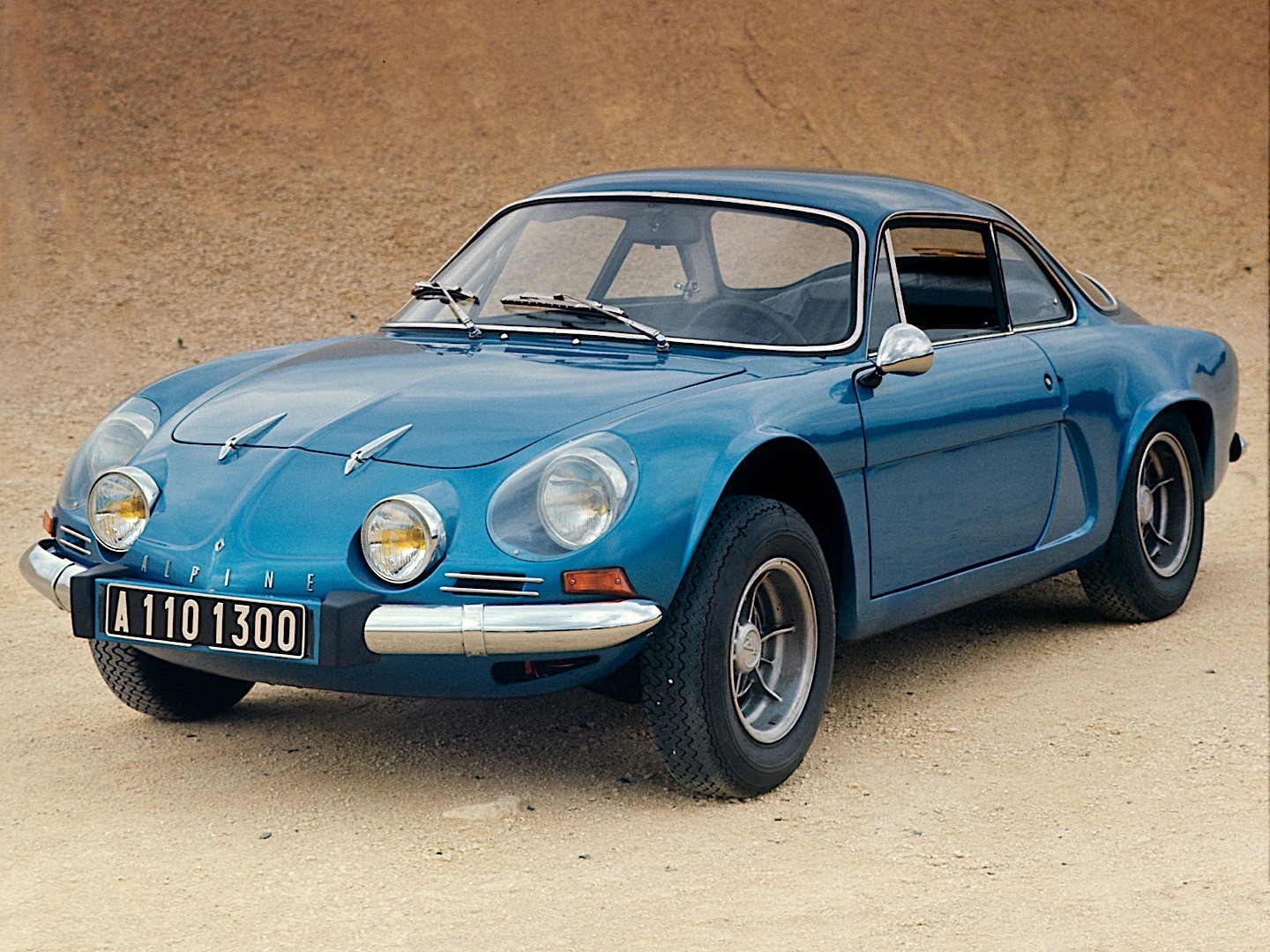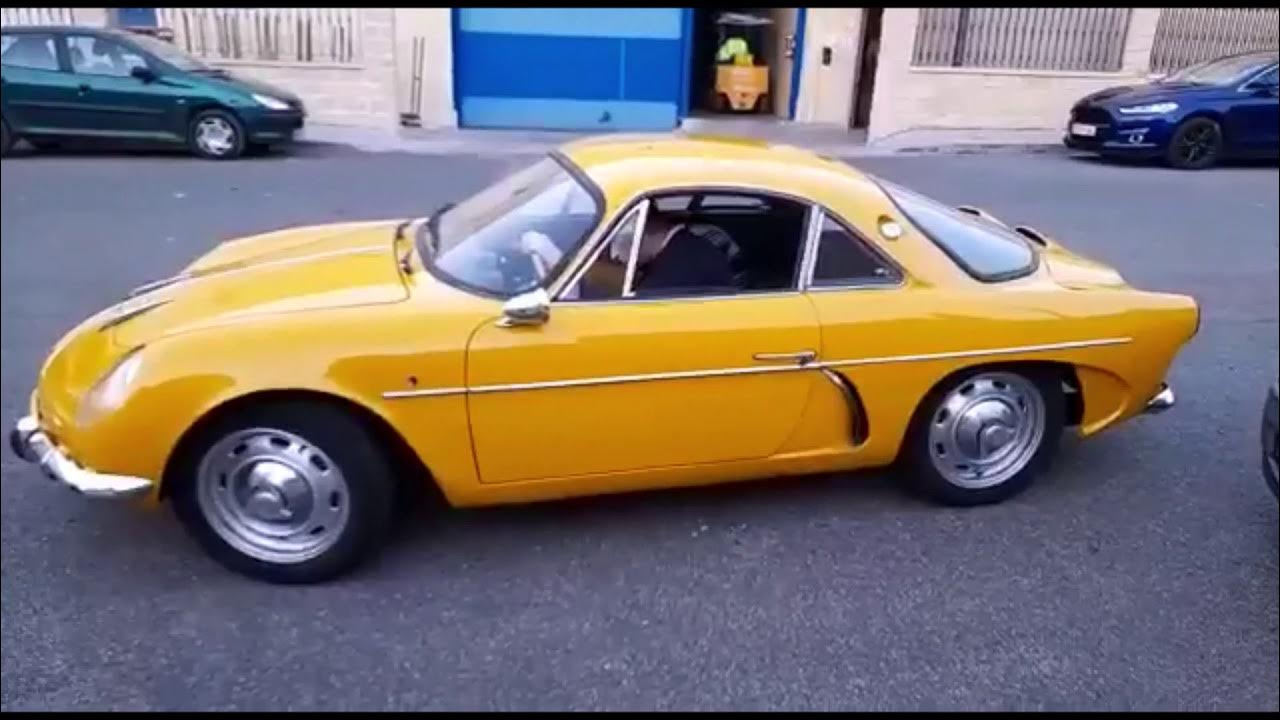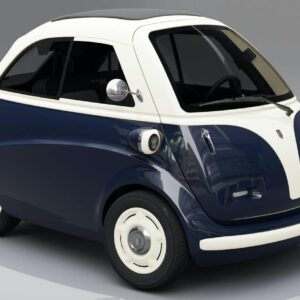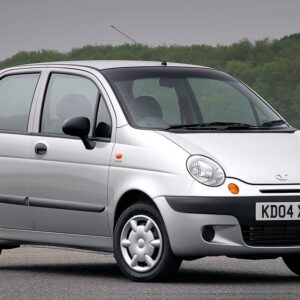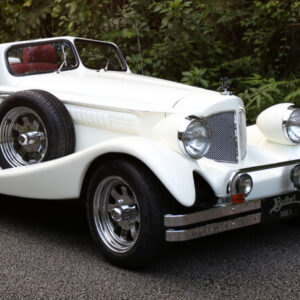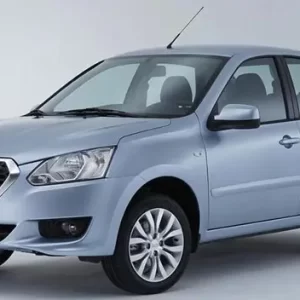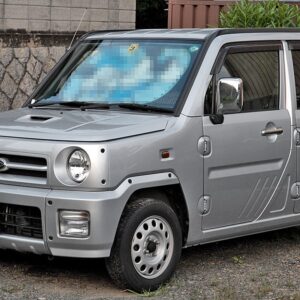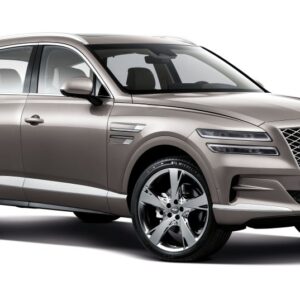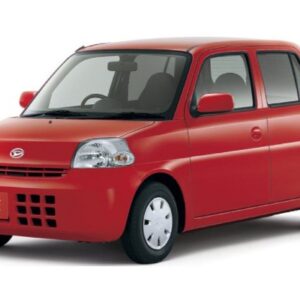Alpine A106 Overall Review
The Alpine A106 stands as the foundational model that heralded the Alpine marque’s entry into the sports car realm. Introduced in 1955, it marked the beginning of Alpine’s storied legacy, a testament to the vision of its founder, Jean Rédélé, and his dedication to creating vehicles that blended agility, performance, and distinctive style. As the first car to bear the Alpine name, the A106 captured the essence of what would become the brand’s core philosophy: lightweight, nimble cars with a focus on handling and efficiency over outright power.
The A106 was built on the chassis of the Renault 4CV, utilizing its mechanical components but distinguished by a bespoke fiberglass body that significantly reduced the car’s overall weight. This innovative use of materials not only set a precedent for future Alpine models but also contributed to the A106’s exceptional handling characteristics. The car’s power came from a modestly sized, rear-mounted 747 cc inline-four engine, also sourced from Renault. While not powerful by modern standards, the engine’s output was more than adequate for the car’s lightweight frame, providing a spirited driving experience.
Jean Rédélé’s interest in motorsport influenced the A106’s development, with the car seeing competition in various rallies and races, proving the capabilities of its design and engineering. This competitive spirit would continue to be a defining trait of the Alpine brand, with each subsequent model building on the successes of its predecessors.
Stylistically, the A106 was both unique and ahead of its time. Its smooth, flowing lines and aerodynamic shape were not only visually appealing but also functional, reducing drag and enhancing performance. The car’s design, characterized by its round headlights and sleek, rounded body, became a hallmark of Alpine’s aesthetic.
Despite its limited production run, the Alpine A106 laid the groundwork for what would become a highly respected and successful line of sports cars. It demonstrated the potential of using innovative materials and design principles to achieve superior handling and efficiency, setting the stage for the later success of models like the A108 and the iconic A110.
In summary, the Alpine A106 is celebrated not only for its contribution to the Alpine legacy but also for its innovation, performance, and design. It remains a cherished classic, embodying the spirit and passion that continue to drive the Alpine brand.
FAQs about the Alpine A106
Q: When was the Alpine A106 introduced?
A: The Alpine A106 was introduced in 1955.
Q: What engine powered the Alpine A106?
A: The Alpine A106 was powered by a 747 cc inline-four engine sourced from Renault.
Q: What made the Alpine A106 unique in its time?
A: The Alpine A106 was unique for its use of a lightweight fiberglass body and its exceptional handling, attributed to its lightweight design and rear-engine layout.
Q: How did the Alpine A106 perform in motorsport?
A: The Alpine A106 had a successful motorsport career, particularly in rallying, showcasing its agility and performance.
Q: Is the Alpine A106 a collectible car today?
A: Yes, the Alpine A106 is considered a highly collectible car today, prized for its historical significance as the first Alpine model and its unique design and engineering.
Q: How many Alpine A106 models were produced?
A: Production of the Alpine A106 was limited, making it a rare find in today’s classic car market.
Q: What distinguishes the Alpine A106 from later Alpine models?
A: The Alpine A106 is distinguished by its pioneering role in the Alpine lineage, being the first model produced by the brand and setting the foundation for its design and engineering philosophy.
Q: Can parts for the Alpine A106 still be found?
A: Parts for the Alpine A106 can be challenging to find due to its age and limited production numbers. Owners and restorers often rely on specialist suppliers or custom fabrication.
Q: What makes the Alpine A106 special among classic sports cars?
A: The Alpine A106 is special for its historical significance as Alpine’s first car, its innovative use of fiberglass for lightweight construction, and its contribution to establishing the brand’s reputation for performance and handling.
